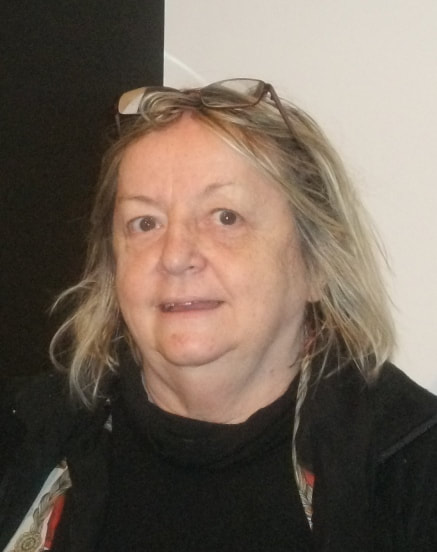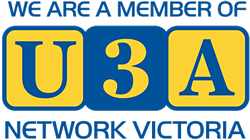From early childhood I lived on the gently sloping hill on the north side of the Clayton Station in sight of the railway crossing. Early memories of Clayton Road are of two newly built brick homes, one of them ours, opposite five older homes and an historic convalescent hospital which is now part of the Monash Medical Centre. Outside our kitchen window were paddocks owned by old farmer Einsedel, one of two brothers who had farmed in Clayton for many years. I can remember being held up at the kitchen window to see cows and calves and to watch a pony being broken in. Cows and even the occasional bull would break fences and flee down Clayton Road. Acorn festooned trees adorned the sides of the road. The iceman delivered blocks of ice for the icechest during my childhood and even up to my early twenties the milk man delivered milk in the early morning in a horse drawn cart. The night man exchanged cans in drafty backyard toilets behind most houses, however my father had held out to have an internal septic toilet which we flushed by pulling a chain!
My father and his neighbour friend were returned soldiers who travelled by train to work at the Albert Park Barracks where they had both taken up civilian roles with the Department of Defence. At the end of the week they would often be late home, having detoured to a hotel for the ‘six o’clock’ swill, singing war songs as they walked up the hill from the Station to their young families. Both were active members of the newly formed Clayton RSL. My father organised a cannon from the Department of the Army, and our neighbour an anchor from the Department of Navy, which still proudly stand outside the RSL building in the road which runs alongside the railway line.
As I sat in the Turkish café looking out at the shops, many with Chinese and other language signage; at the now retired European men who had worked in the factories which provided employment in Clayton for post war migrants, and the latest crop of university students from many cultures who have attended Monash University since the 1970's as I did in the 1960’s, I found myself reflecting on what linked the Clayton of today with the Clayton of my youth.
I had largely left Clayton behind me when I moved away to teach in the country after graduating from nearby Monash University. For many years I tended not to emphasise the fact that I grew up in Clayton. It wasn’t possible to reject it altogether however as my loved widowed mother had strong work and friendship networks in Clayton and continued to live happily there until the busy traffic took its toll and a wealthy pathologist attached to the new Monash Medical Centre made an irresistible offer for the late forties built war service home which she had lived in for almost forty years.
Sitting in Clayton Road drinking strong coffee and eating a delicious almond croissant, a rather belated sense of the meaning of Clayton as place, even ‘my place’, crept up on me. Clayton has been a place of transition from trauma to hope for many people since the early 1950’s.
Time revealed that both my father and his long time neighbour friend had significant post war trauma, early signs of which we had become accustomed to as children and which were to become major concerns to their wives. This was likely to have been quite widespread, with many war service homes being built in the area and a busy RSL where my father, as welfare officer, played an important role in advocating for pensions for affected soldiers. Despite facing financial and emotional battles, both couples were determined that they would own their own homes/s, that their children would be educated and be enabled to achieve their dreams.
This then was their and my link to the decades long waves of migrants, refugees and students who have settled in Clayton, for a time at least – finding a place of their own where they could achieve some peace; bring up and educate their children, then set their children free. Never (at least until recently) a place of expensive housing, or even of marked inequality, it has been a largely working class suburb, a place of transition for sometimes troubled yet almost always hardworking people with a vision of a better life for themselves and their children.
Some weeks later I feel much more at peace about having grown up in Clayton. I see it now as a place of recovery; a place for working people; a place for people of different cultures and a place of learning. A place for me to value and celebrate, a place not to be denied.
Web address re Clayton Road and the Level Crossings Removal Project


